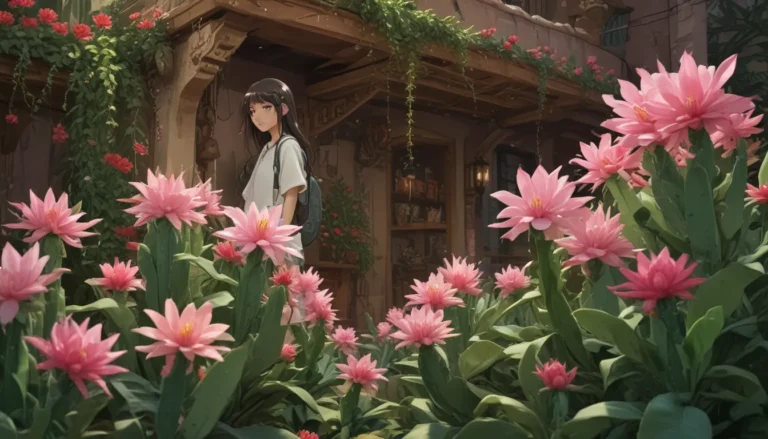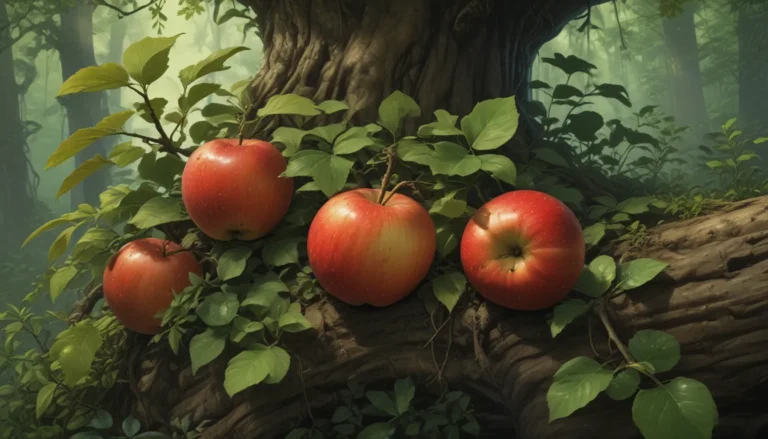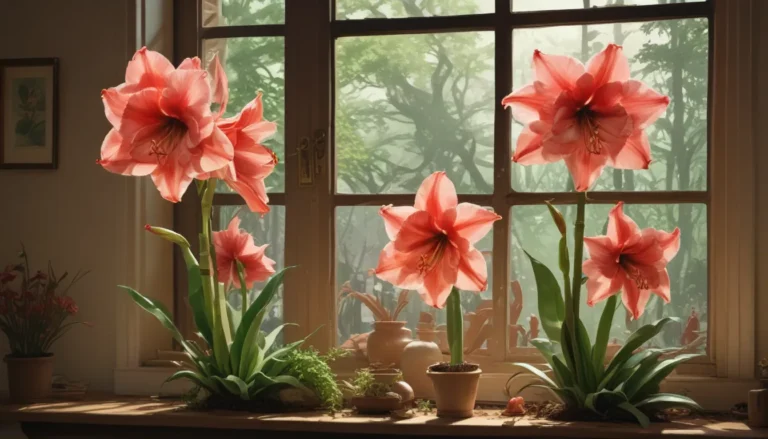Embrace the Desert Glow: A Comprehensive Guide to Growing Turpentine Bush

Are you looking to add a touch of the desert’s brilliance to your garden? Turpentine bush, also known as Ericameria laricifolia, is a stunning evergreen shrub native to the southwestern United States and northern Mexico. Its ability to thrive in harsh desert conditions, coupled with its unique fragrance and dazzling blooms, makes it a valuable addition to any landscape.
Let’s dive into the world of turpentine bush and explore everything you need to know to grow and care for this desert gem.
Cultivation and History
Turpentine bush is a hardy, long-lived plant that thrives in desert landscapes, including mesas, slopes, and canyons. While its native habitat ranges from 3,000 to 6,000 feet in elevation, it can adapt well to lower elevations. Although still gaining popularity in landscaping, native plant enthusiasts consider it an excellent choice for xeriscape gardens due to its ability to withstand drought conditions.
Propagation
If you’re interested in growing turpentine bush from seeds, start by placing the seeds in the refrigerator for about two months to simulate the cold stratification process. Once ready, sow the seeds in a seedling mix, keep the soil consistently moist, and wait for germination to occur. Transplant the seedlings outdoors once they reach three to four inches in height and the outdoor temperatures are suitable.
Tips for successful propagation:
- Cold stratify seeds in the refrigerator.
- Keep soil consistently moist.
- Transplant seedlings outdoors when ready.
How to Grow
Turpentine bush thrives in full sun and prefers poor, dry, sandy soils with minimal organic matter. Avoid overwatering, as this plant is drought-tolerant and does not require frequent watering once established. Planting in lower elevations is best done in spring or fall, while higher elevations should opt for spring planting.
Growing tips for turpentine bush:
- Plant in full sun for optimal growth.
- Avoid amending soil with organic material.
- Water sparingly once the plant is established.
Pruning and Maintenance
To maintain the appearance of your turpentine bush, consider trimming off the seed heads in winter for a tidy look. Additionally, if you have an older plant that needs rejuvenation, pruning back the plant in early spring can help promote an attractive, mounded form. Luckily, turpentine bush does not require fertilization, making maintenance a breeze.
Where to Buy
While turpentine bush may not be readily available at all garden centers, you can still find it at specialized nurseries that focus on native plants. Alternatively, you can purchase seeds online to start your own turpentine bush garden.
Managing Pests and Diseases
Turpentine bush is a low-maintenance plant that is resistant to pests and diseases, making it an excellent choice for gardeners looking for a hassle-free addition to their landscape.
Best Uses
Turpentine bush is an ideal choice for xeriscape landscapes, as it thrives in hot, dry conditions. Whether planted as a specimen plant, hedge, or part of a mass grouping, this desert beauty adds a unique touch to any garden. Just ensure it is kept at least 15 feet away from structures due to its flammable nature.
Quick Reference Growing Guide
Plant Type: Woody shrub
Flower / Foliage Color: Lemon yellow / dark green
Native to: Desert southwest of the USA and north-central Mexico
Hardiness (USDA Zone): 7-10
Bloom Time: Fall
Exposure: Full sun; no shade
Growth Rate: Fast
Spacing: 5 feet apart
Water Needs: Once established little supplemental water is required. Use water to control growth. Don’t over-irrigate!
Tolerance: Full sun, drought
For a full quick reference growing guide, refer to the chart above.
In Celebration of Hot Days and Cool Nights
Let’s appreciate the unique beauty of the desert and the diverse flora it offers. Turpentine bush, with its vibrant foliage and radiant flowers, is a true gem of the Southwest landscape. Whether you choose to add it to your garden or admire it in its natural habitat, this desert dazzler is sure to captivate your senses.
Share your experiences with growing Ericameria laricifolia in the comments below. Are you ready to welcome this desert beauty into your landscape?
Looking for more plant options suited for hot climates? Explore our guides for additional inspiration:
- How to Grow and Care for Salvia
- Frilly, Pink, and Easy to Grow: Chinese Fringe Flower
- Easy Landscaping with Ornamental Grasses: Simple Tips for Carefree Success
Embrace the desert glow with turpentine bush and enrich your landscape with its captivating beauty. Whether you’re a seasoned gardener or new to desert-friendly plants, this comprehensive guide has everything you need to cultivate and enjoy this magnificent shrub. Let the desert dazzler brighten your garden and bring a touch of the Southwest to your outdoor oasis.





